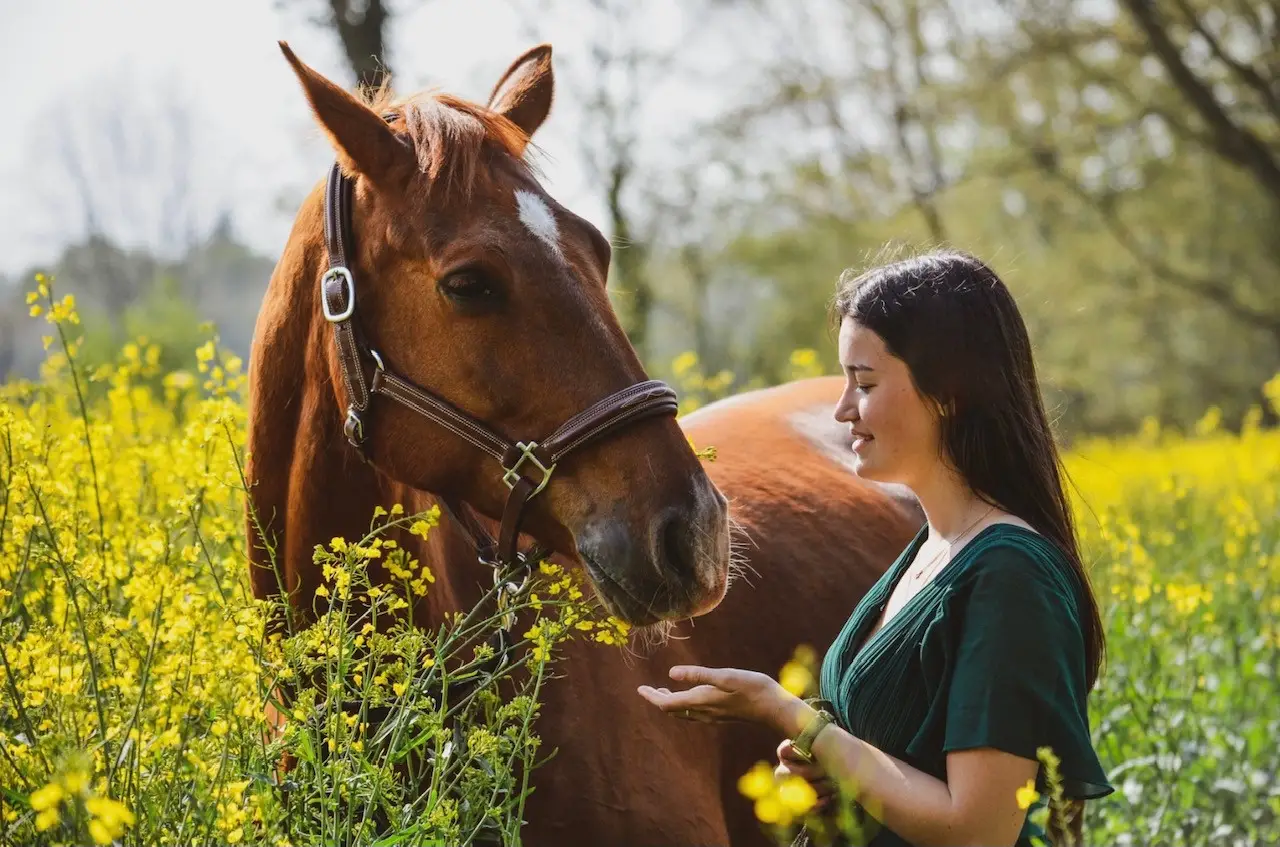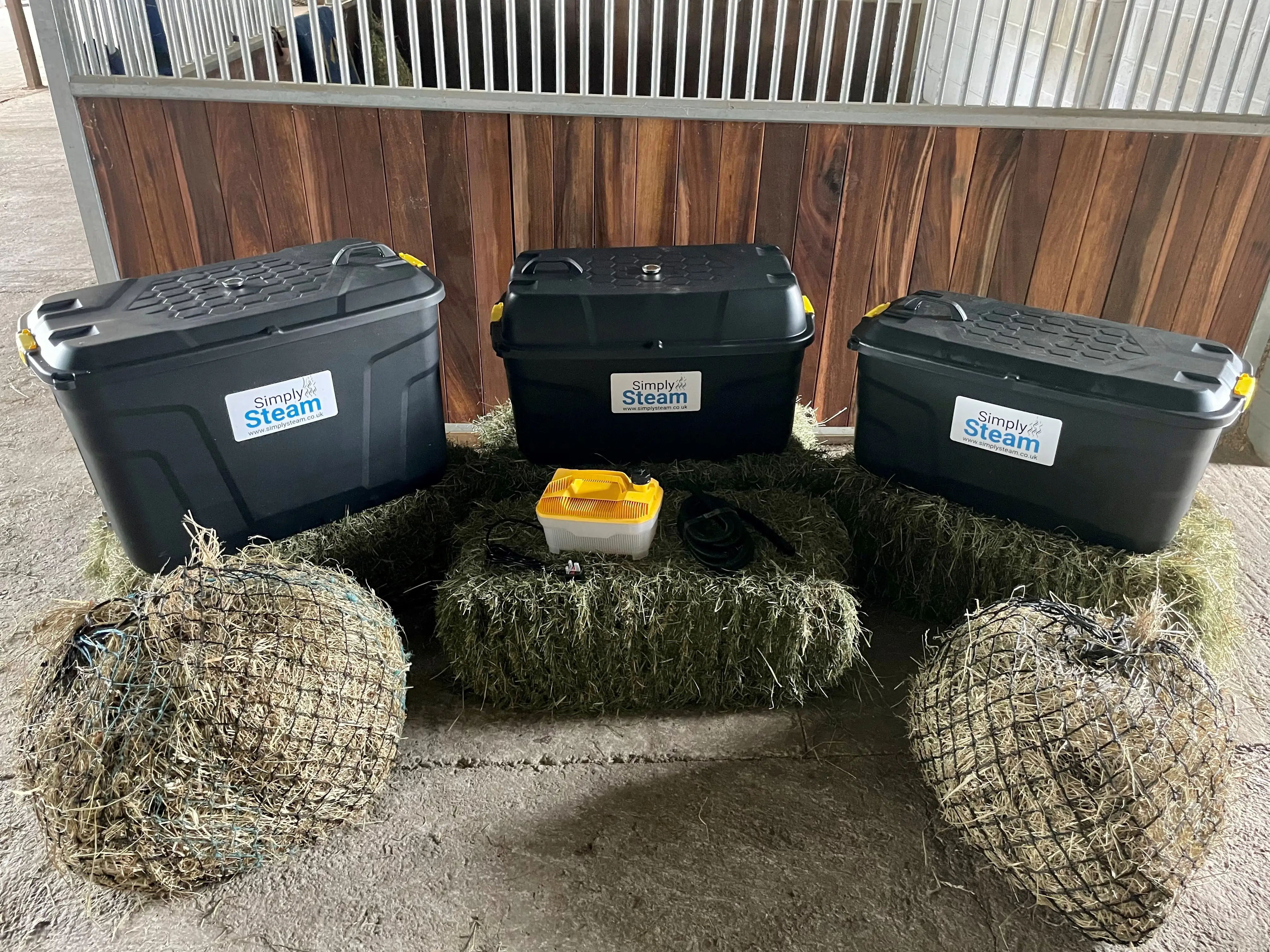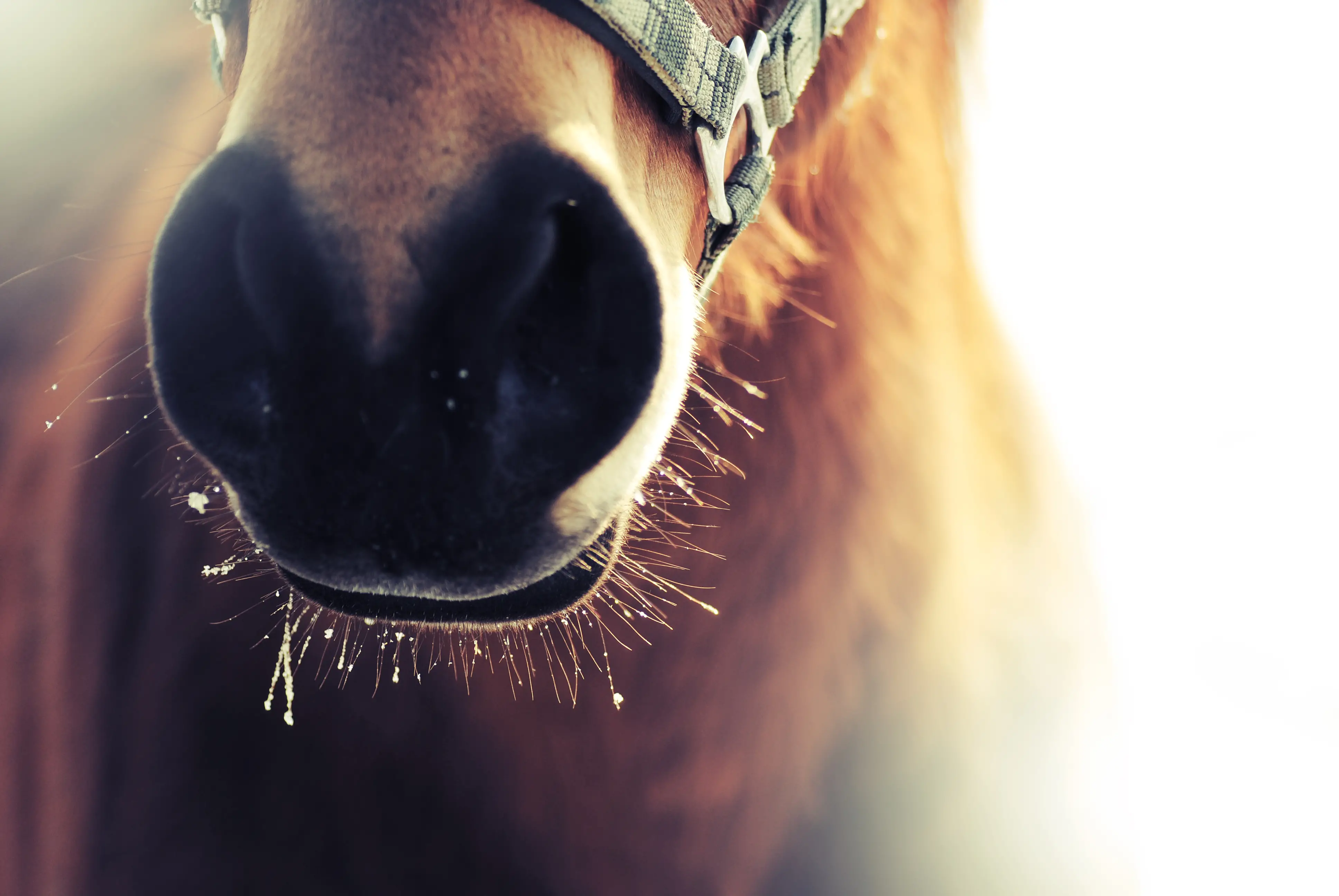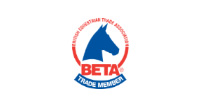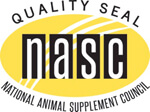14 April
Laminitis
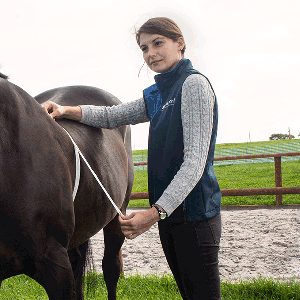 Edeline Bourrier
Edeline Bourrier
Edeline Bourrier
Edeline Bourrier
No foot, no horse… This old saying still rings true today and says a lot about the importance of healthy hooves. Laminitis is a serious condition affecting horses and ponies that we still know too little about. It is important to understand that laminitis can be fatal and contacting your vet is the first thing you should do as soon as symptoms appear.
The horse’s hoof
In order to gain an understanding of Laminitis as well as the risks involved, it is important to look at what goes on inside a horse’s hoof.
.png)
Inside the hoof you will find the pedal bone, the navicular bone and the short pastern. The digital cushion is located where the frog is and acts like a ‘shock-absorber’. The pedal bone is directly linked to the hoof wall by the laminae. The insensitive laminae are attached to the hoof wall and the sensitive laminae are attached to the pedal bone, these interlock like Velcro and hold the pedal bone in place.
What is laminitis
Laminitis is simply the inflammation of the laminae which can be triggered by a variety of factors. When the laminae become inflamed, they become damaged, this causes the link between the pedal bone and the hoof wall to deteriorate and in severe cases fail completely allowing the pedal bone to rotate within the hoof. In the most serious cases the pedal bone can pierce the sole of the hoof, meaning nothing further can be done to save the horse.
- Acute Laminitis: This is a sudden onset of laminitis causing acute pain and inflammation
- Chronic Laminitis: In this case the laminitis sets in over a longer period of time, increasing the risk of the pedal bone rotating
Causes
Thanks to scientific research we now know more about the causes of this condition:
Pituitary dysfunction and insulin resistance appear to be conditions that predispose horses to developing Laminitis. This could also explain why horses with Cushing disease are more prone to developing laminitis.
Overload laminitis is caused by the horse or pony putting excessive pressure on a particular limb, this is usually a result of weight transferal due to lameness in another limb.
Further Reading : Herbs to support horses and ponies prone to Laminitis
The most common causes for Laminitis are:
- Overfeeding of carbohydrates
- An infection of the uterus or retention of the placenta
- Drinking a large quantity of cold water after exercise
- Prolonged work on hard ground
How to recognise the signs of Laminitis
We can generally recognise a horse with laminitis by its posture and reluctance to move (in some cases the horse will refuse to move).
Although all four limbs can be affected, it is more common for laminitis to develop in the front limbs. In order to release the pain in the front legs, the horse will lean back putting the weight on their back legs. In cases where all four feet are affected then the horse will lie down and refuse to stand up. In addition, the following symptoms may appear:
- Heat in the hoof
- Increase in both the heart and breathing rates
- Increased digital pulse
- Excessive sweating
- Pain in the hoof
Treatment
It really is vital that you contact your vet as soon as you identify the first signs of Laminitis. Treatment usually consist of pain killers and anti-inflammatories. To help relieve the pain, make sure your horse or pony is standing on a soft surface. It’s also advised to put the feet in cold water and to alter their shoes (unless barefoot).
To reduce the risks of Laminitis, make sure you:
- Feed your horse in accordance with the level of work they are in and their breed
- Use a grazing muzzle if necessary
- Use an adapted treatment to regulate the blood glucose level
- Feed supplements to improve the blood flow
Our Product Suggestion:
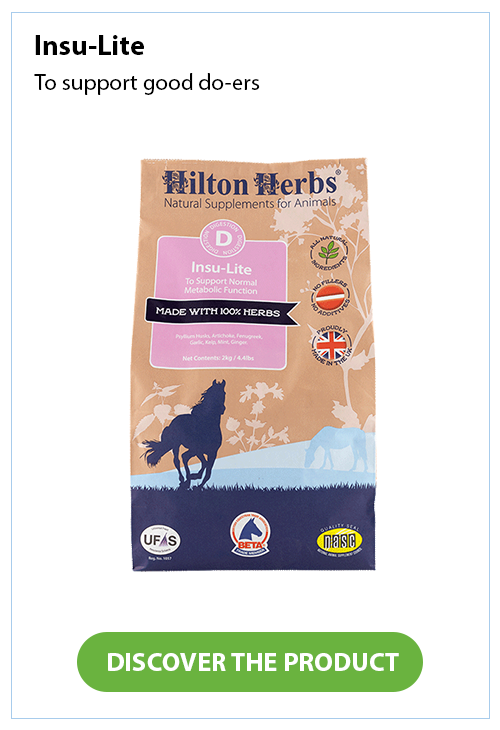
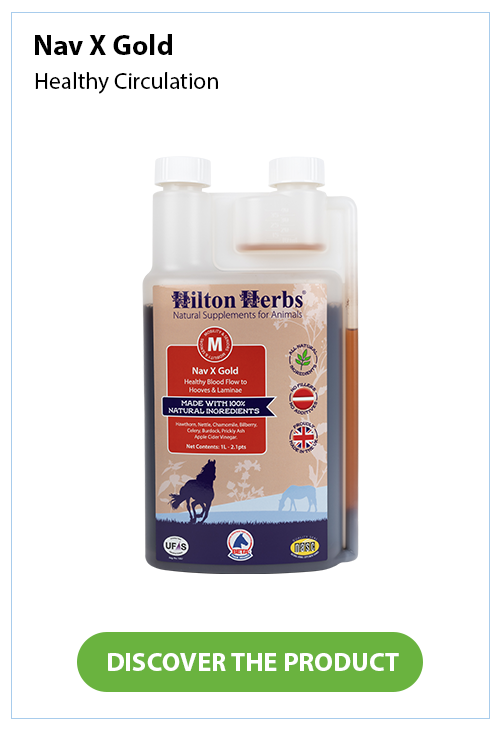
 About Edeline Bourrier
Edeline Bourrier
About Edeline Bourrier
Edeline Bourrier



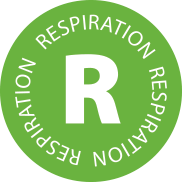









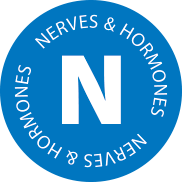
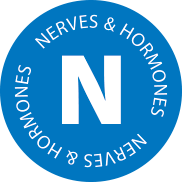
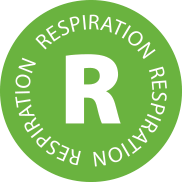









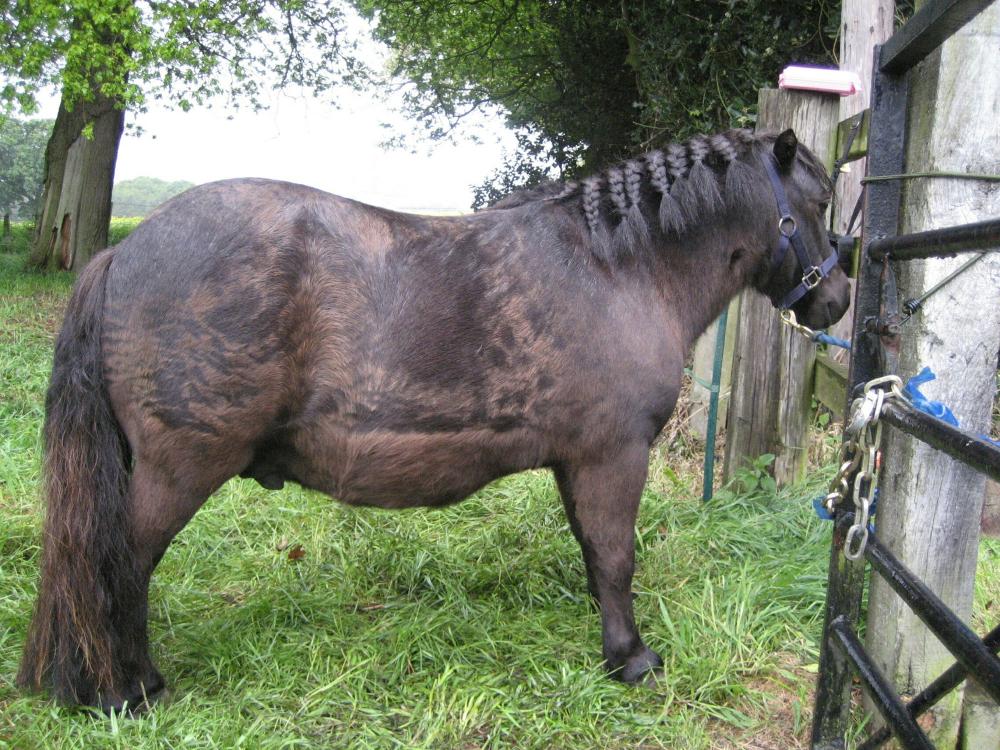
.png)


